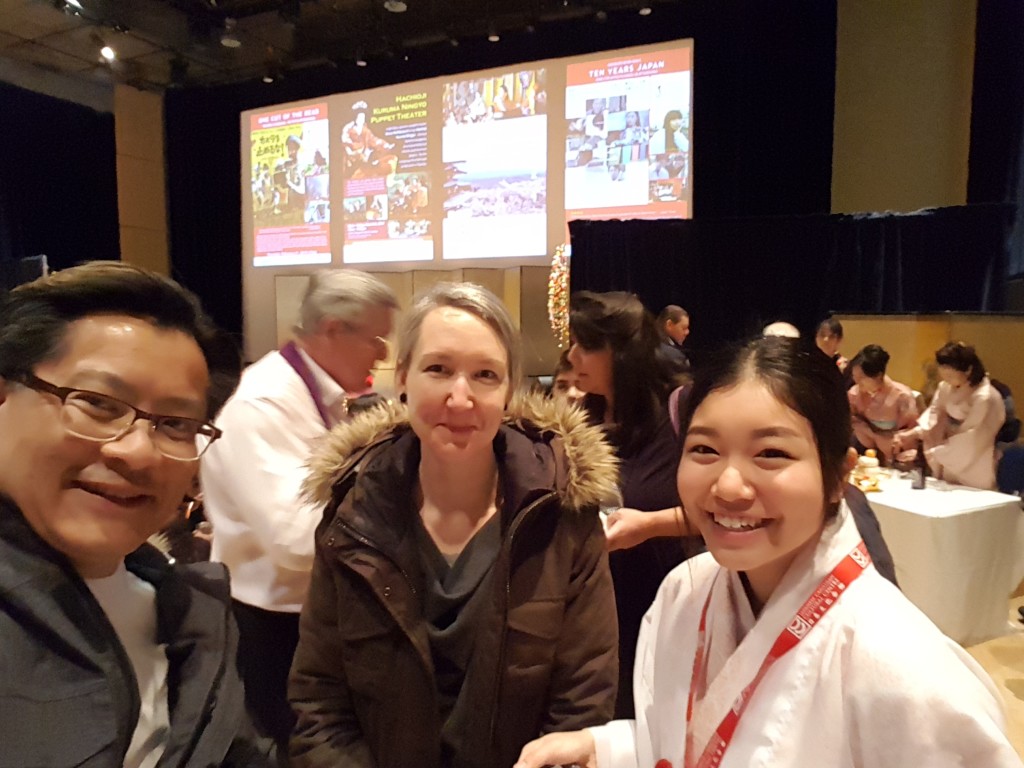January 2019
Toronto, Ontario
copyright © 2019 Douglas Tong, all rights reserved.
__________________________________________________
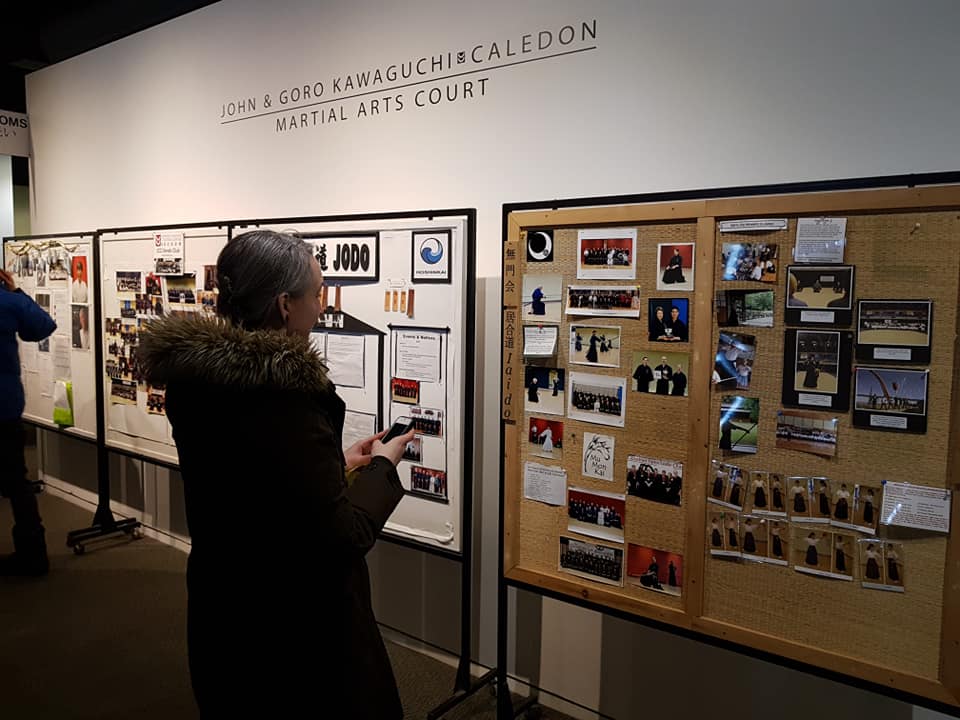
In January of 2019, Erika Gaal Sensei travelled to Toronto to attend private training sessions in Yagyu Shinkage Ryu Hyoho with Tong Sensei. Below is copied the training notes and reflections which Sensei Gaal shared on her group’s Facebook page. We have also included our own commentary at the end to support the text and add further details to the story.
__________________________________________________
Base principles and the different lenses of perception
copyright © 2019 Erika Gaal, all rights reserved.

Last weekend I was fortunate to be able to visit Tong Sensei for some personal training and had the opportunity to also train with his group in Orangeville and Richmond Hill. While there, I had a delightful conversation with one of his students about the underlying principles that permeate Yagyu Shinkage Ryu. The context was about how when you travel to different dojo you will get slightly different versions from just about every teacher- and none will be considered wrong- and given that everyone will interpret things in their own way this makes sense. So although some may execute tsuke noru with more power or from a different angle, the mentality of it being a suppression and not a cut will be the same. The same principle applies even though the accent may be altered. And along the way we see alterations because every student is a reflection of their teacher and previous experience, and therefore so is every teacher.
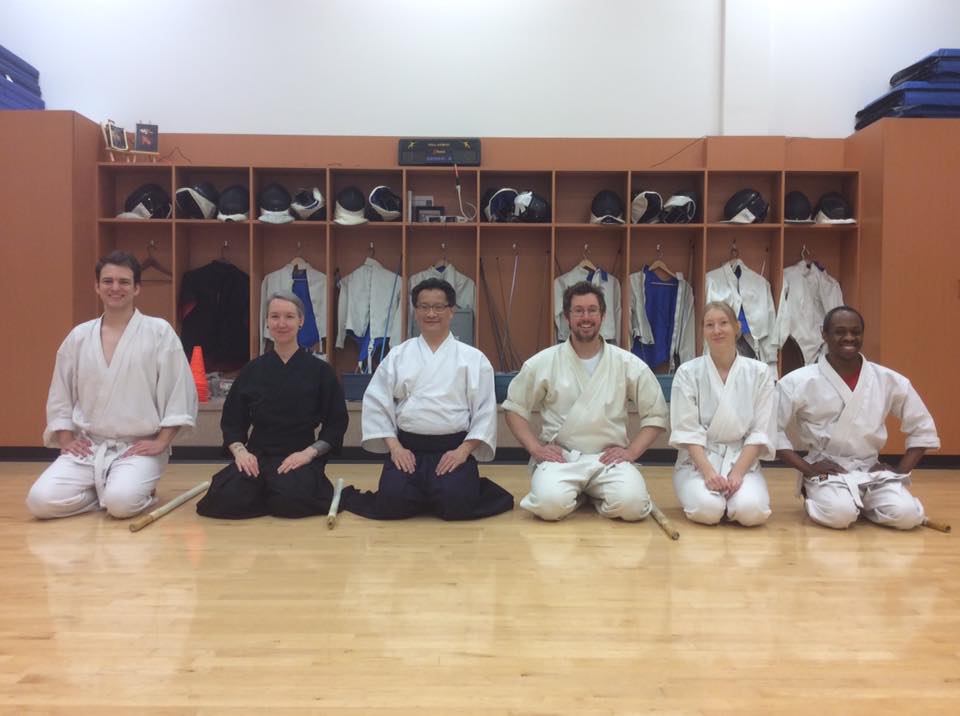
So as you practice your school of martial arts with different groups and different instruction, you can easily get confused on what is the ‘right’ way to do any given technique. One teacher may tell you to hit with intent and another may tell you to execute the same technique as a suppression. If your previous experience has taught you that hitting with intent equals hitting with strength then that is exactly what you will do. But what if the person who told you to hit with intent didn’t mean to imply to add strength, and instead meant to simply apply your will (or what some may interpret as seme)? One can apply seme without the use of strength, after all.
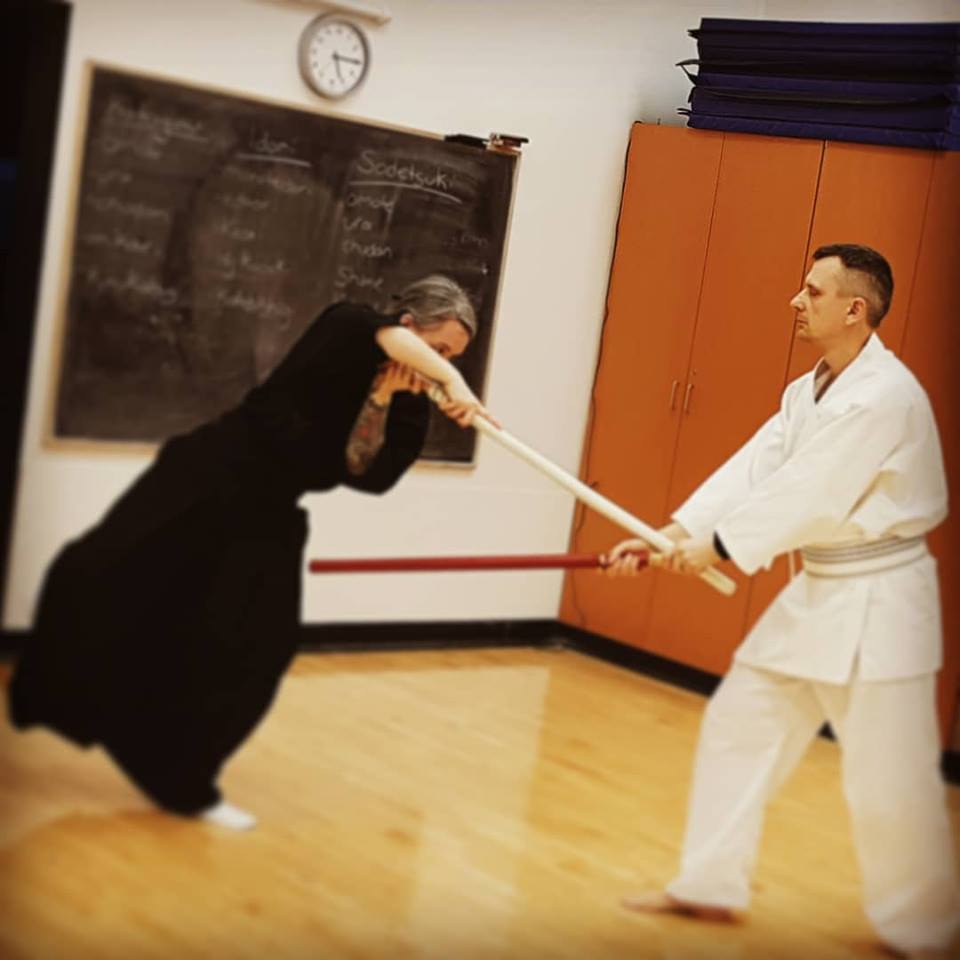
Suppression is a principle that permeates the school of Yagyu Shinkage Ryu, and given it focuses on the Life Giving Sword approach, one can understand how the emphasis on suppression would imply the absence of force. To a lot of us, force equals strength or power and therefore suppression may imply an absence of both. But power and strength are both words that mean something different to everyone.
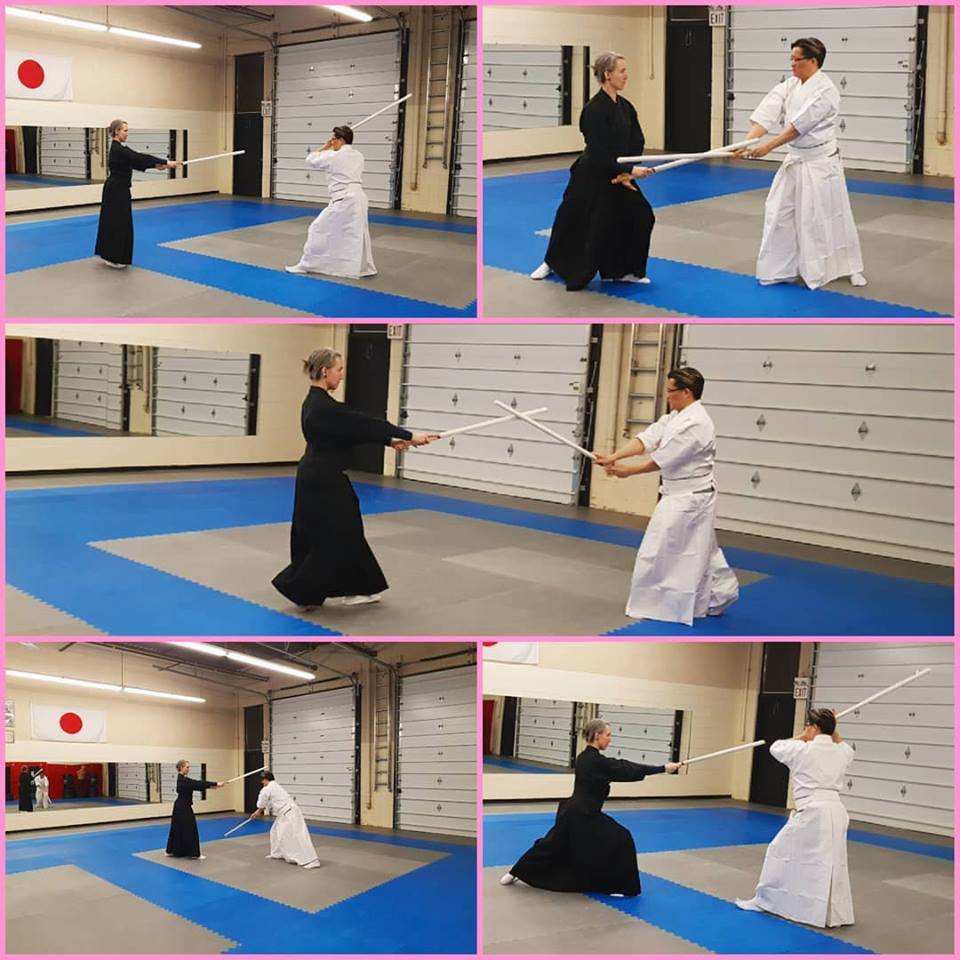
If we look at differences in gender, men often look at power and strength as meaning physical strength, whereas women often see the same words as more of a mental or emotional attribute. So if a man is told to add more power he may inevitably do that with more physical strength. And if a woman is told the same thing she may express it more as an intent. Now, if it is a man who asked a woman to add more power, he may tell her that what she thought she was expressing as just that is wrong- because of the lack of added physical strength. And if it is a woman that asked this of a man, she may also consider it incorrect if he simply applies physical strength.
Our understanding of any given explanation will be limited by language, because we naturally attach our own interpretations to the definitions of spoken words. Our experience in life influences how we interpret just about everything, language included. So given we all have personalized interpretations, we all inevitably see things through personalized lenses. So language has its limits. There comes a point where it becomes important to feel or experience the explanation that is given to fully understand what is implied. I now have a better understanding of why so many Sensei teach with a ‘watch and then do’ format instead of verbal explanation.
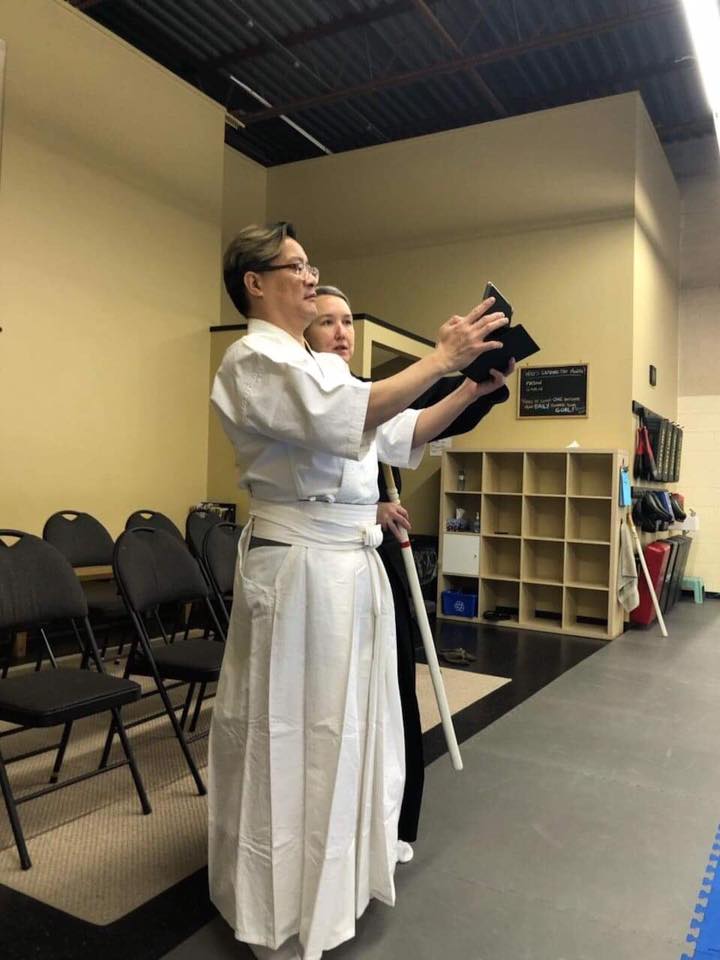
But this too has its limits. In Eastern cultures there is a lot more nuance, more education on learning non-verbal communication and the mannerisms in which to pick up on. Here in the West, our society believes in the ‘open book’ policy, and view one to have more integrity if they are more honest, clear and transparent. So what happens if one applies Eastern communication skills in western culture? The message may be lost in the delivery, one may lose patience trying to figure it out. Here in the West the virtue of patience has been lost for the most part, and it is up to each one of us to purposely work on that if we so choose.
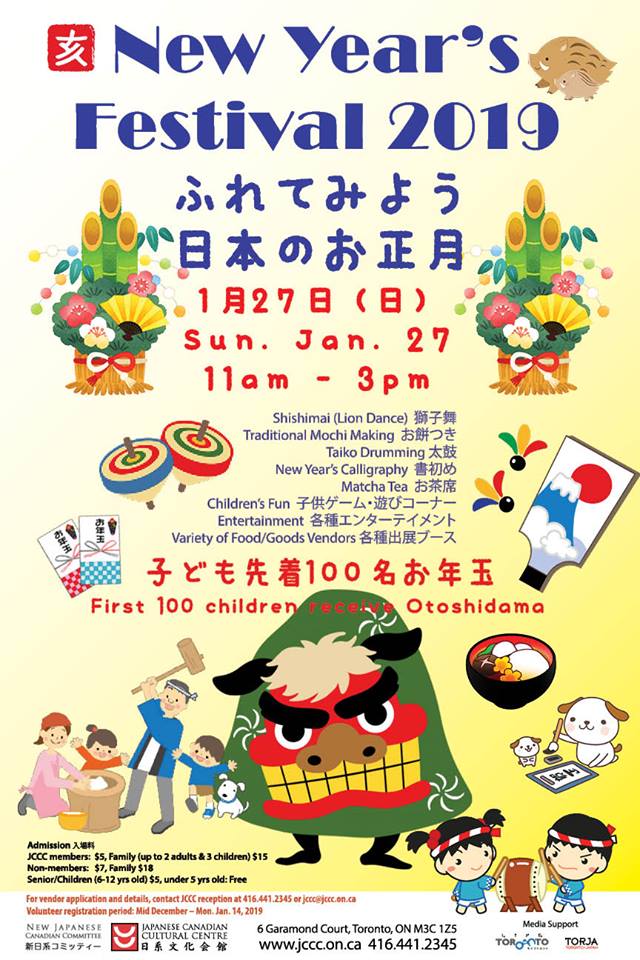
In recent discussions with Tong Sensei regarding the cultural differences in social norms and how they apply to Budo, he said “it comes down to a culture clash and whether you can step outside of your culture”. I think this to be quite accurate. If we submerge ourselves into another culture by choice we should be willing to accept the responsibility of learning how to interact in it. It is not productive to have the mentality of resistance to adherence, to think we should not have to adapt or change to live in harmony with our surroundings. After all, harmony implies a balance and for a culture to live in balance we must all contribute to maintain that. And this not only applies to cultural adaptation, but societal too. If we are resistant to change- and adaptation involves change- it is because we are viewing the circumstances through our personalized lenses, and not taking the real time to step outside of our own beliefs and rationale to try to view it through unbiased eyes. No two people will recollect the same situation the same way, and this is due to those lenses that have been developed by all of our previous experiences. Our views on different cultures, history and subjects will be biased by how we experienced what we learned about them and who taught us.
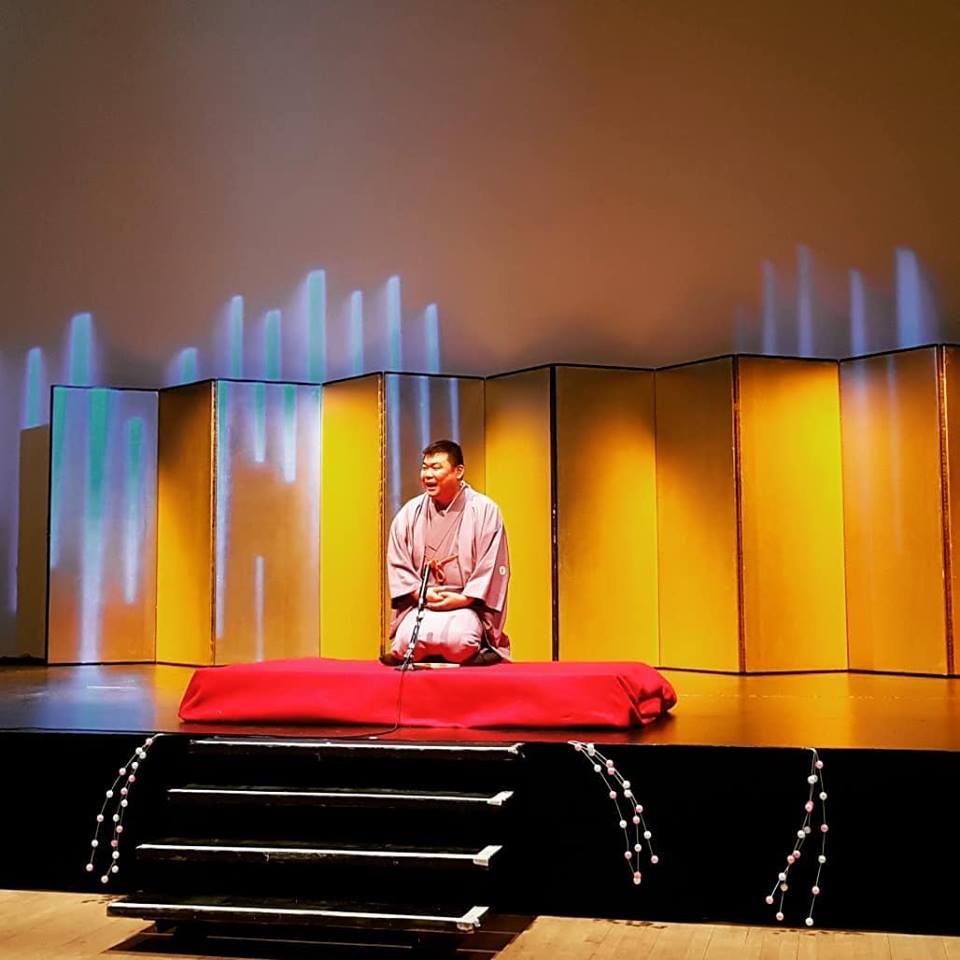
Being that one of Yagyu Shinkage Ryu’s base principles is suppression and preserving life, it requires you to bring a different mindset to your practice. You have to have a calm mind, and put focus more on not losing your battle rather than on winning it. Given my previous Budo education was mostly from the ‘killing sword’ mentality, it has been quite a challenge for me to not only change my mentality in practice but my physical presence also. In many of the sword arts, there can be a certain amount of roughness that gets presented through your technique- a symptom of the mindset you bring into it and how you’re taught to practice it. Of course, every dojo will have variances to how they practice the same techniques, but the requirement of how to present it and the base principles will all follow the same guidelines. So if, for example, the principle is to kill your opponent then the angle of the final cut or the specific target may vary as long as the end result is still achieved. The variances are because of the different interpretations, and each student will have a slightly different understanding of the interpretation they learn because it is filtered through our personalized lenses.
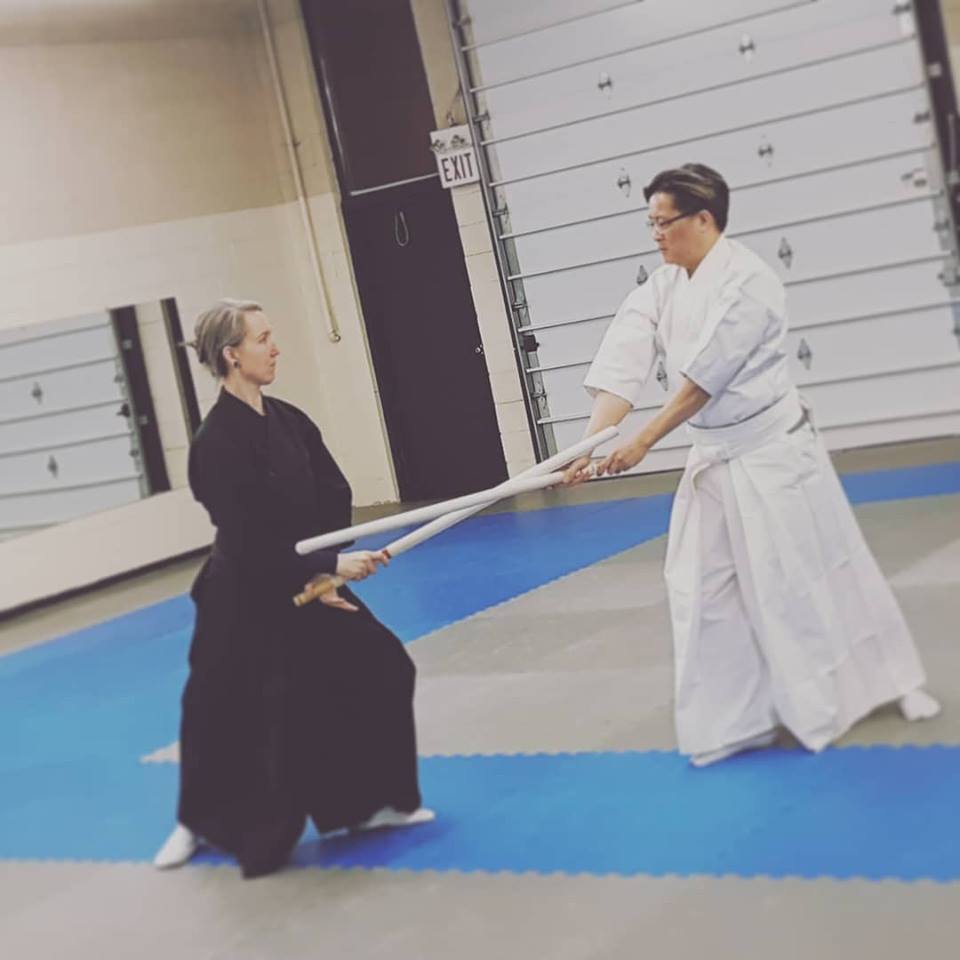
I have come to realize after being told many times to soften my sword technique that through my lens, I interpret strong to mean physically powerful. Therefore I have trained with that in all my technique – everything from how I tsuki, to my Kiai, to how I cut, how I hold my face, etc. Everything had to be ‘strong’. This has become my obstacle in Yagyu Shinkage Ryu, to unlearn what ‘strong’ means to me and learn how to expand my definitions. In order to grow we need to first open the door that keeps all our beliefs and previous knowledge locked and safe. We have to be willing to accept that there are other ways, and genuinely be open to learning about them. Our brain, our bodies and our spirit may want to resist this, but by acknowledging this reaction we can then start to let go and allow for the room we need for our minds to expand.
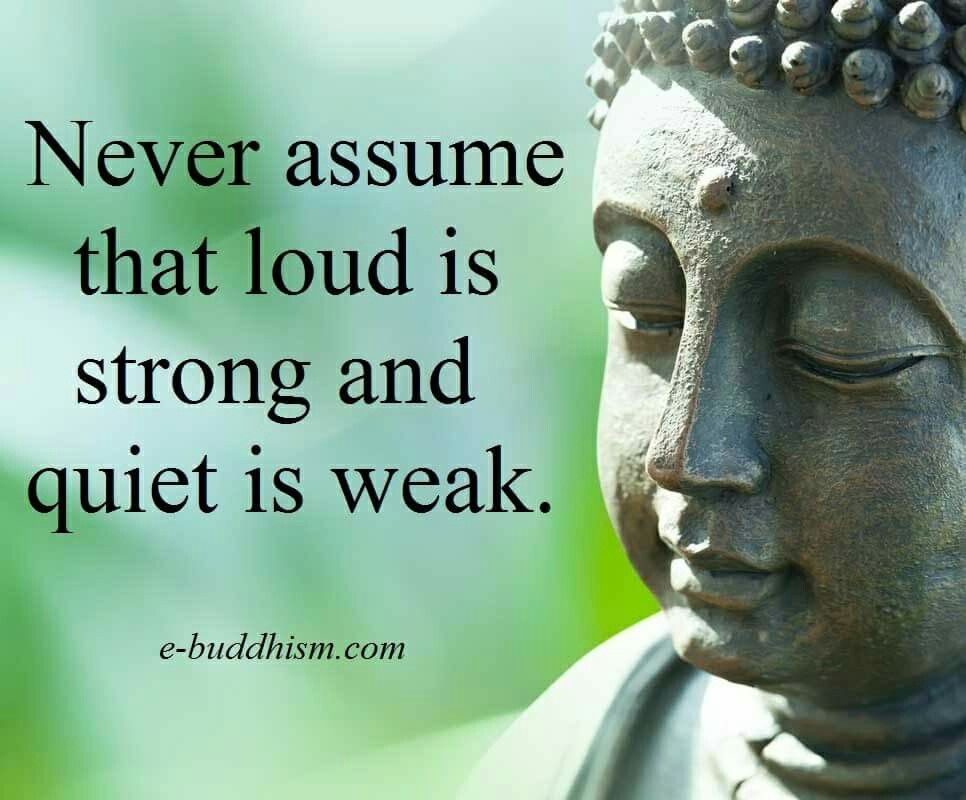
I am continually fascinated by the depth of this art, and how much it continues to teach me. The influence of Zen in the school has made my experience enlightening thus far, as the philosophy involved has led to much self-reflection, and the concepts and techniques have challenged everything I thought I knew about Japanese swordsmanship. Being an excellent lesson in trying to maintain Shoshin (beginner’s mind), I am motivated and excited to see what every new practice has in store.
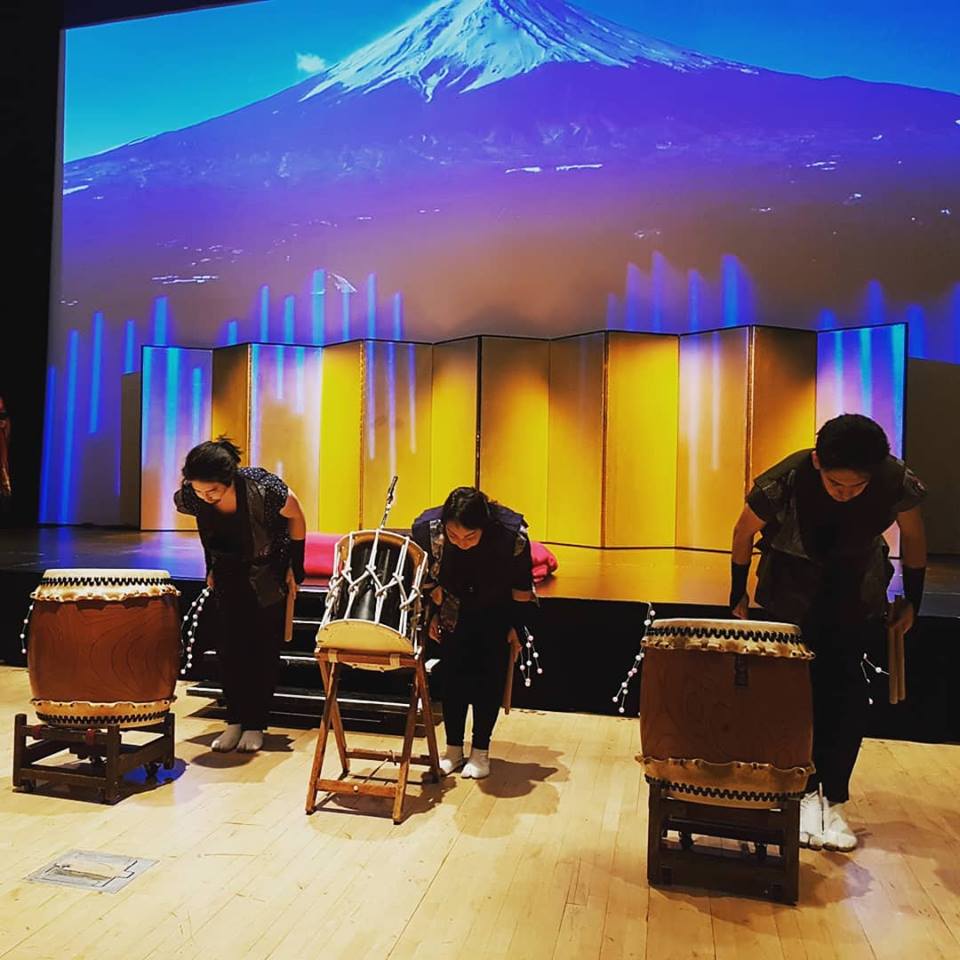
__________________________________________________
Footnotes:
Erika’s observations about seeing the world through different lenses and how this distorts our interpretation of it is correct. Your particular lens that you view the world through affects your view of it.
One writer talking about Star Wars said:
“One of the best quotes that ever came out of a Star Wars movie was when Obi-Wan said that our truths depend on our point of view. This is something that my Buddhist teachers in India are always telling us – don’t be so solid, stiff and rigid. Your truth is not the next person’s truth. Truth is not always truth.
A logical proof that truth is not solidly existing is the example of water. To you and me a glass of water is something to drink. To a fish, however, it is like air. To some creatures it might be like fire. The “truth” we cling to is not a truth that is the same for everyone.”
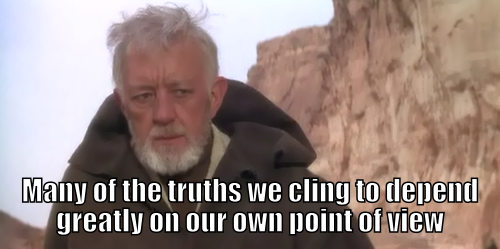
Yes, different lenses tint how you view the world and consequently what you believe and take as the “truth”. This same writer continues:
“The reason I like this quote so much is because many of the wars and horrible acts that occur on Earth are because people cling to their own solid ideas of truth. You see it in religion, race divisions, political party alliance, etc. If people took time to break down the dogmas that they had been fed they would soon see that truth is not truth for everyone and this would bring people much closer together.”
Ah, that takes an ability to be open-minded. Like Erika said:
“We have to be willing to accept that there are other ways, and genuinely be open to learning about them.”
That takes courage.
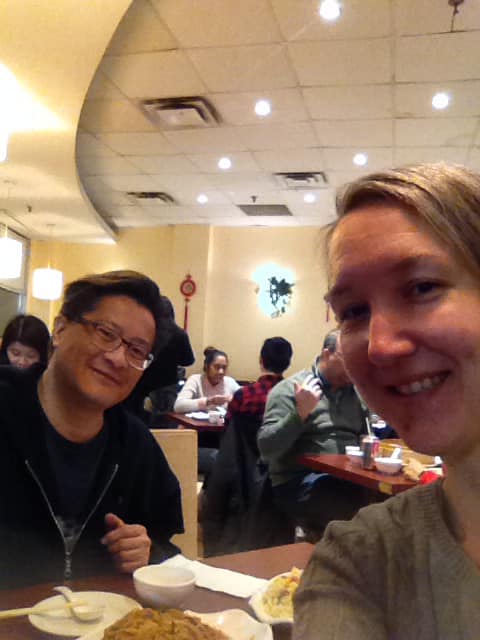
“In recent discussions with Tong Sensei regarding the cultural differences in social norms and how they apply to Budo, he said “it comes down to a culture clash and whether you can step outside of your culture”. I think this to be quite accurate.”
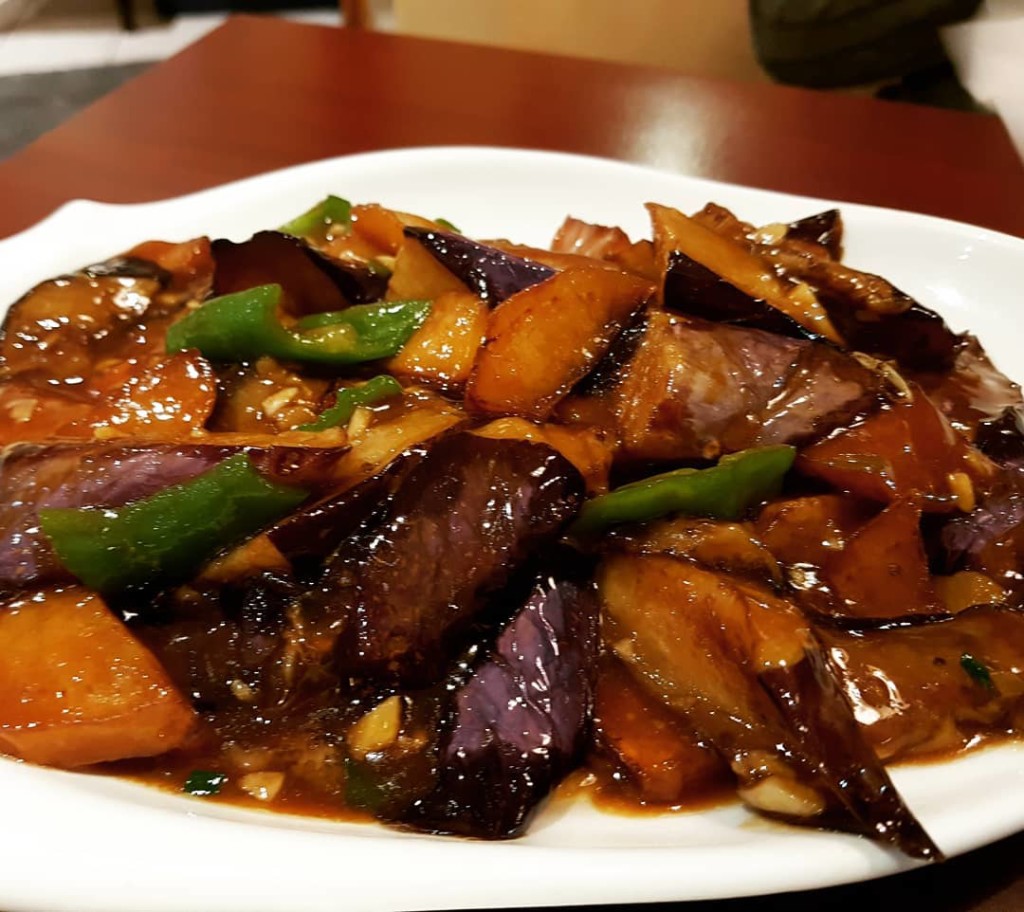
Stepping outside of your ‘culture’ is stepping outside of your dogma. Basically, it mirrors the old Zen Buddhist story of the famous conversation between the scholar Tokusan (also called Te-shan Hsuan-chien, 782-865) and Zen Master Ryutan (Lung-t’an Ch’ung-hsin or Longtan Chongxin, 760-840). The story goes like this:
Scholar Tokusan–who was full of knowledge and opinions about the dharma–came to Ryutan and asked about Zen. At one point Ryutan re-filled his guest’s teacup but did not stop pouring when the cup was full. Tea spilled out and ran over the table. “Stop! The cup is full!” said Tokusan.
“Exactly,” said Master Ryutan. “You are like this cup; you are full of ideas. You come and ask for teaching, but your cup is full; I can’t put anything in. Before I can teach you, you’ll have to empty your cup.”
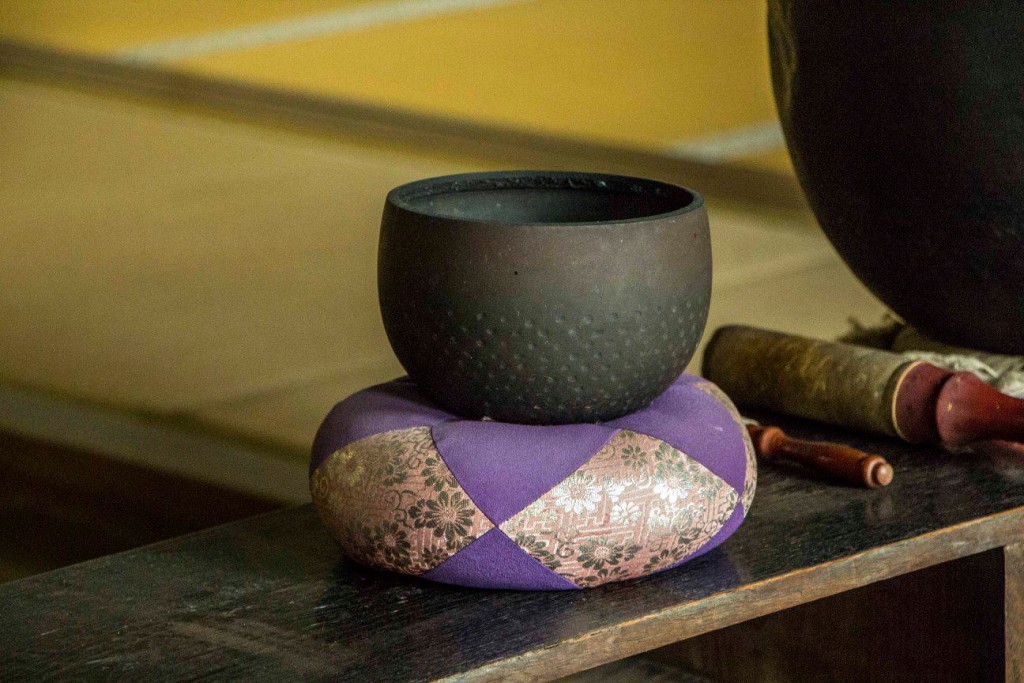
Erika’s article is at its core (its bottom line and base principles) a discussion and reflection on emptying your cup…
